India's rice ban, explained
The nation is responsible for approximately 40 percent of global rice shipments. So what happens now?
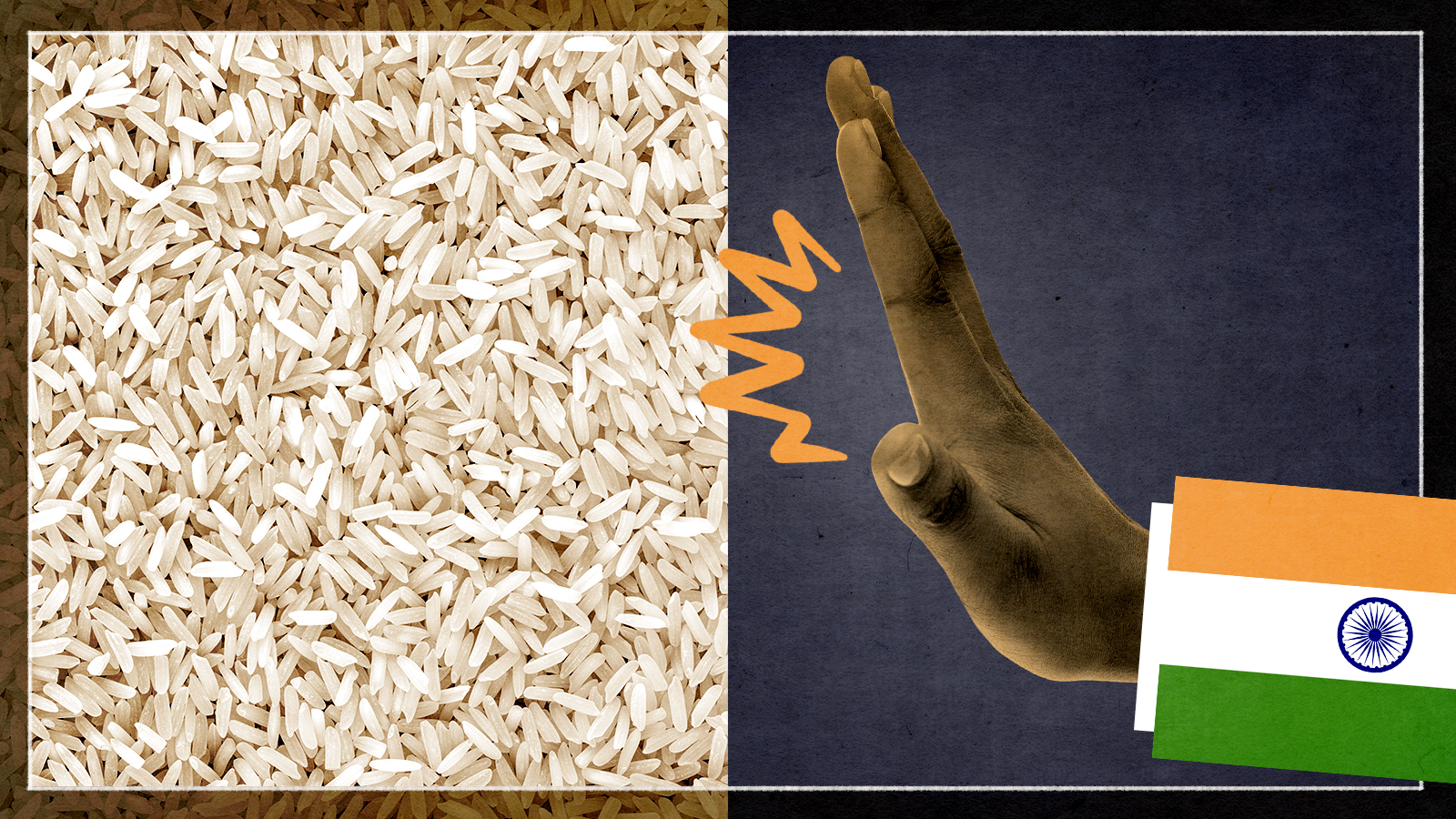

India is responsible for approximately 40 percent of global rice shipments. Recently, however, the country imposed a ban on the export of broken rice as well as a heavy export tax on other varieties. What's going on? Here's everything you need to know:
What is the status of the Indian rice market?
India is the largest exporter of rice in the world. The country ships approximately 2 million tons of rice per month, and totaled approximately 21.5 million tons of rice in 2021. That is more than Thailand, Vietnam, Pakistan, and the United States — the next four biggest global rice exporters — combined, Reuters reports. Government data also shows that there have been more rice exports this year between April and August than in the same period last year.
India exports rice to over 150 countries and offers deeply discounted prices because of high domestic stocks and low local prices. This especially helps poorer countries, mostly in Asia and Africa. Over 3 billion people worldwide rely on rice as a staple in their diet.
The Week
Escape your echo chamber. Get the facts behind the news, plus analysis from multiple perspectives.

Sign up for The Week's Free Newsletters
From our morning news briefing to a weekly Good News Newsletter, get the best of The Week delivered directly to your inbox.
From our morning news briefing to a weekly Good News Newsletter, get the best of The Week delivered directly to your inbox.
At the beginning of September, however, India announced a ban on the export of broken rice and implemented a 20 percent export tax on certain other varieties in order to control domestic rice prices, reports CNBC. Such a restriction had been rumored for months; back in June, India also banned wheat exports, which raised concerns about a coming rice ban.
The ban is likely to increase food inflation, as it did back in 2007 when India imposed a similar rice export ban. That decision caused Asian rice prices to increase by almost 80 percent, according to Reuters, and created a food security issue in many countries that relied on rice as a staple.
However, India's new ban is likely not going to have as severe an effect as the 2007 ban since a total ban only applies to broken rice, a specific variety fragmented during processing and used mostly for animal feed, and not to all rice varieties. Broken rice only accounts for about 20 percent of India's rice exports, Bloomberg reports.
Why was the ban imposed?
The two biggest reasons for the ban are the lack of rainfall and the lingering effects of COVID-19.
A free daily email with the biggest news stories of the day – and the best features from TheWeek.com
India's Food Secretary, Sudhanshu Pandey, explained that there has been an "absolutely abnormal" rise in shipments of broken rice and that India's broken rice supply cannot keep up. Production also decreased by about 5.6 percent due to below-average rainfall. July and August are important months for rain and help determine the amount of rice sown, CNBC reports; these months fall during the peak of monsoon season, which runs from June through September.
Reports show that India as a whole actually received 3.4 percent higher rainfall in August of this year and above average rain in September as well; however, the problem also lies in distribution of that rainfall. The India Meteorological Department (IMD) said in a press release that "normal to above normal rainfall probability is likely over most parts of India except many parts of northeast India and some parts of east and northwest India where below normal rainfall is likely." The IMD goes on to specify that the eastern and northeastern regions — where rice farms are more prevalent — received below-average rainfall in August, which is likely to continue through September. That includes key growing states like West Bengal, Bihar, and Uttar Pradesh. Monsoon season accounts for 75 percent of India's annual rainfall, and since most farms don't have irrigation systems, that rain is vital, Reuters reports.
The COVID-19 pandemic also took a toll on the Indian surplus of rice. India's Union Cabinet introduced a food security program back in March of 2020 as a response to the uncertainties caused by the pandemic. The program, called Pradhan Mantri Garib Kalyan Anna Yojana (PMGKAY), doubled the rations given to low-income households as part of the National Food Security Act. In March 2022, the program was extended through September 2022, reports The Hindu.
Much of the ban and limitations placed on rice exports are for the purpose of preserving India's domestic supply.
What does this mean for the rest of us?
India's ban, along with the export taxes, will likely cause an increase in global rice prices, which will impact some countries more than others. It is also likely that the world will turn to competitors like Thailand and Vietnam, who have not been able to increase shipments and prices previously.
Earlier in September, the 20 percent export tax trapped approximately 1 million tons of rice in limbo at Indian ports. India had added the tax after buyers had already agreed to a contract price, causing many to refuse to pay. Former president of the All India Rice Exporters Association (AIREA) Vijay Setia said, "The exports may fall to 16-17 million tons in this financial year because of [the] ban on broken rice and 20 percent export duty."
Analysis has shown that the Philippines and Indonesia will likely face difficulties due to the ban. The Philippines imports over 20 percent of its rice consumption, according to Nomura, a global financial services group. The country's inflation level is also over 6 percent, making higher rice prices a significant economic blow. Indonesia is second to the Philippines in rice imports, leaving them vulnerable as well, reports CNBC.
The ban also hits during a time when global inflation is already exacerbated, especially due to the war in Ukraine. The war has driven up retail and food prices around the world, including in India, which has retail inflation of over 6 percent, reports The Wall Street Journal. India's ban will likely drive food prices up further, as well as potentially increase food insecurity abroad. For example, India is the cheapest supplier of rice to many African countries, including Nigeria, Benin, and Cameroon.
Devika Rao has worked as a staff writer at The Week since 2022, covering science, the environment, climate and business. She previously worked as a policy associate for a nonprofit organization advocating for environmental action from a business perspective.
-
 5 sleeper hit cartoons about Sleepy Don
5 sleeper hit cartoons about Sleepy DonCartoon Artists take on cabinet meetings, a sleepy agenda, and more
-
 Political cartoons for December 6
Political cartoons for December 6Cartoons Saturday’s political cartoons include a pardon for Hernandez, word of the year, and more
-
 Pakistan: Trump’s ‘favourite field marshal’ takes charge
Pakistan: Trump’s ‘favourite field marshal’ takes chargeIn the Spotlight Asim Munir’s control over all three branches of Pakistan’s military gives him ‘sweeping powers’ – and almost unlimited freedom to use them
-
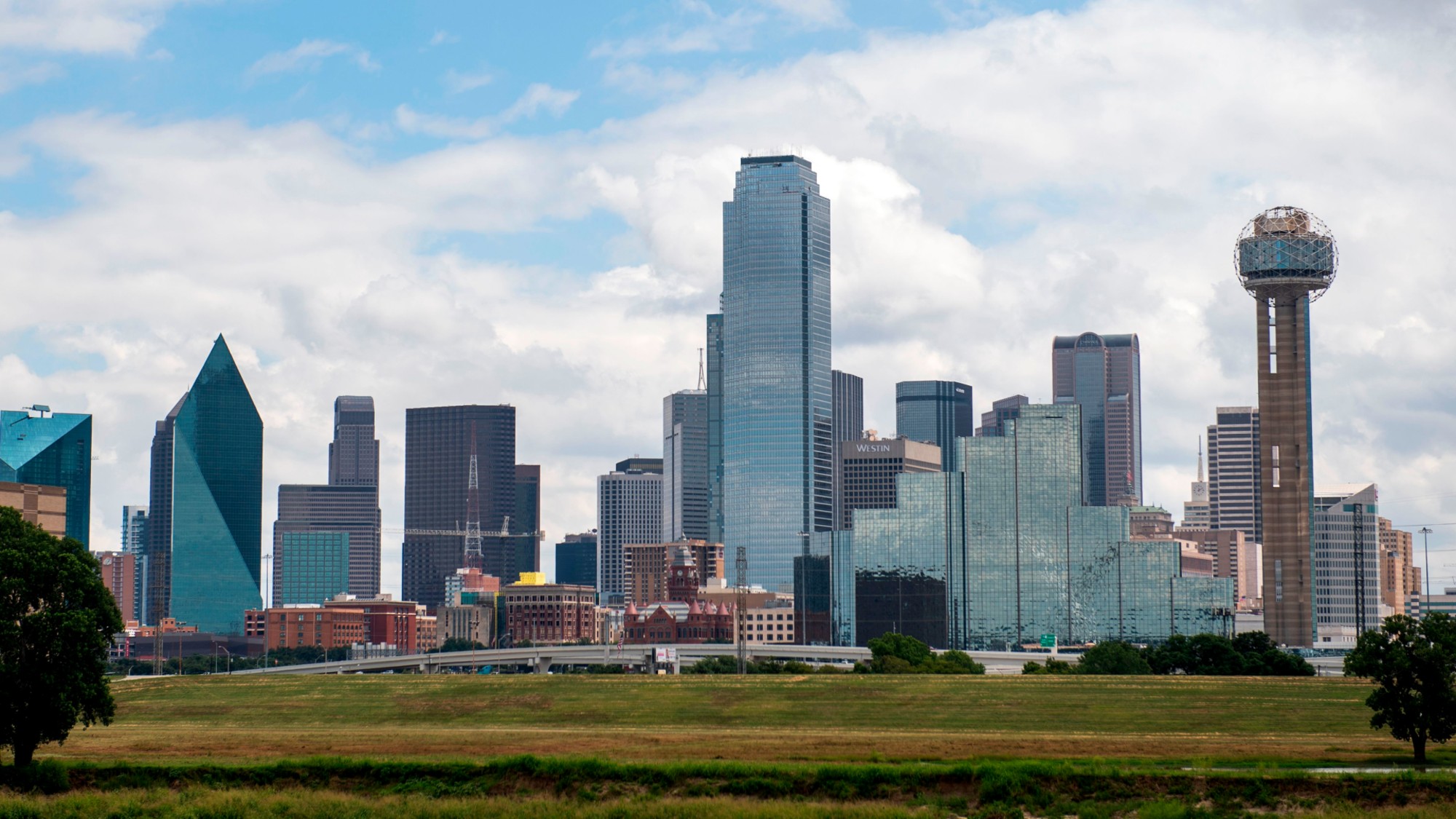 Texas is trying to become America’s next financial hub
Texas is trying to become America’s next financial hubIn the Spotlight The Lone Star State could soon have three major stock exchanges
-
 US mints final penny after 232-year run
US mints final penny after 232-year runSpeed Read Production of the one-cent coin has ended
-
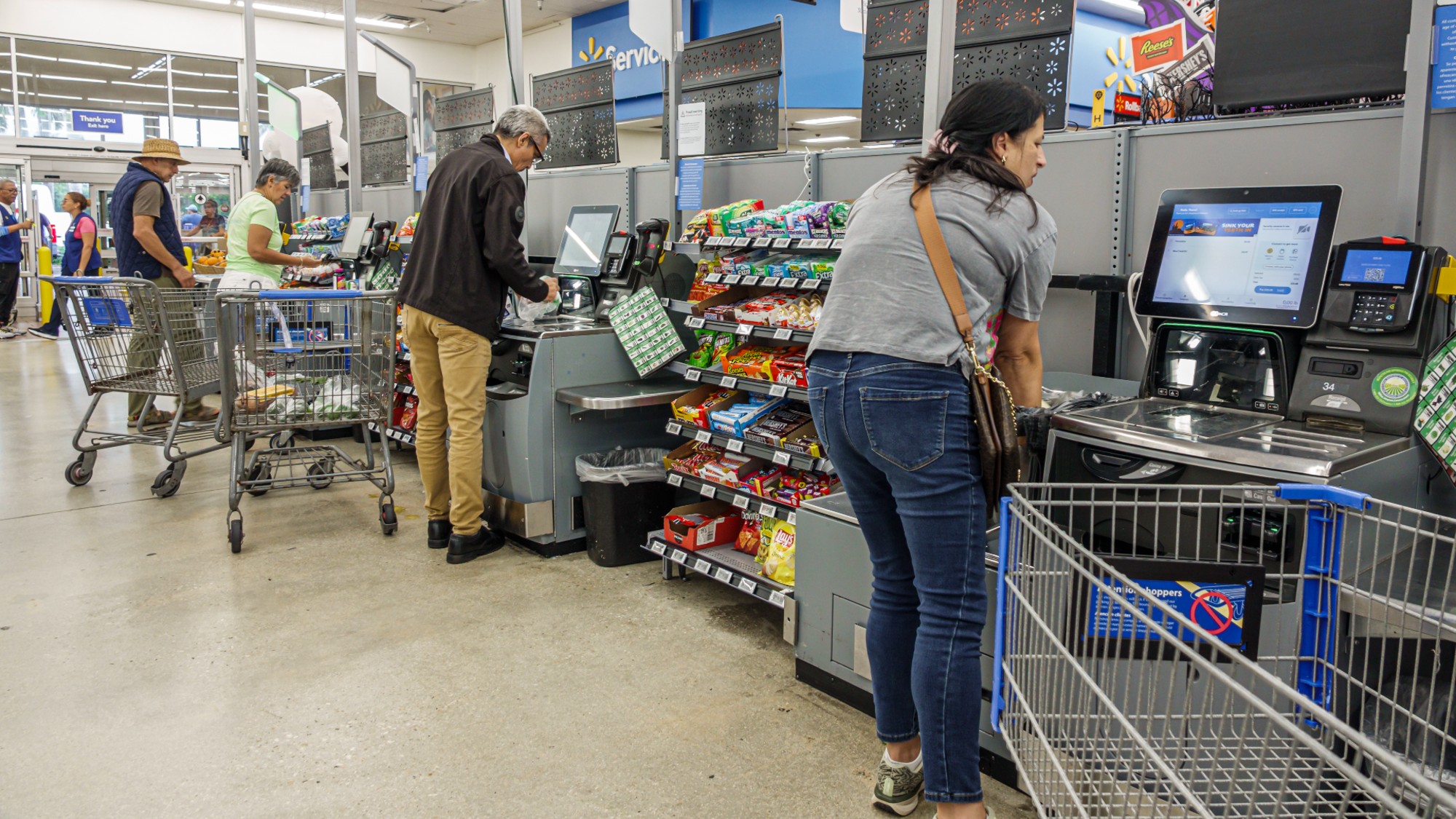 How could worsening consumer sentiment affect the economy?
How could worsening consumer sentiment affect the economy?Today’s Big Question Sentiment dropped this month to a near-record low
-
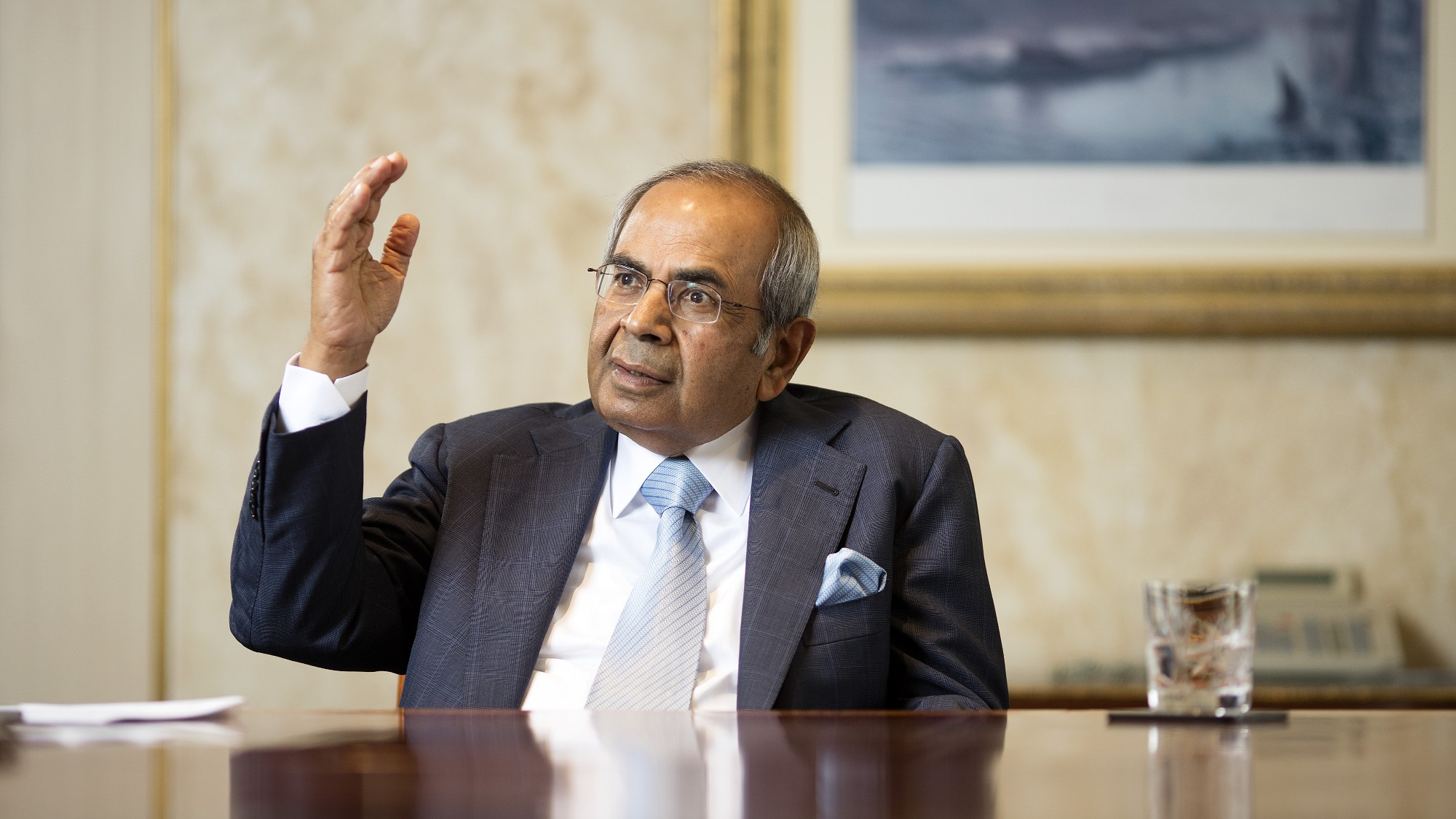 Gopichand Hinduja and the rift at the heart of UK’s richest family
Gopichand Hinduja and the rift at the heart of UK’s richest familyIn The Spotlight Following the death of the patriarch, the family’s ‘Succession-like’ feuds are ‘likely to get worse’
-
 Musk wins $1 trillion Tesla pay package
Musk wins $1 trillion Tesla pay packageSpeed Read The package would expand his stake in the company to 25%
-
 Starbucks workers are planning their ‘biggest strike’ ever
Starbucks workers are planning their ‘biggest strike’ everThe Explainer The union said 92% of its members voted to strike
-
 Will latest Russian sanctions finally break Putin’s resolve?
Will latest Russian sanctions finally break Putin’s resolve?Today's Big Question New restrictions have been described as a ‘punch to the gut of Moscow’s war economy’
-
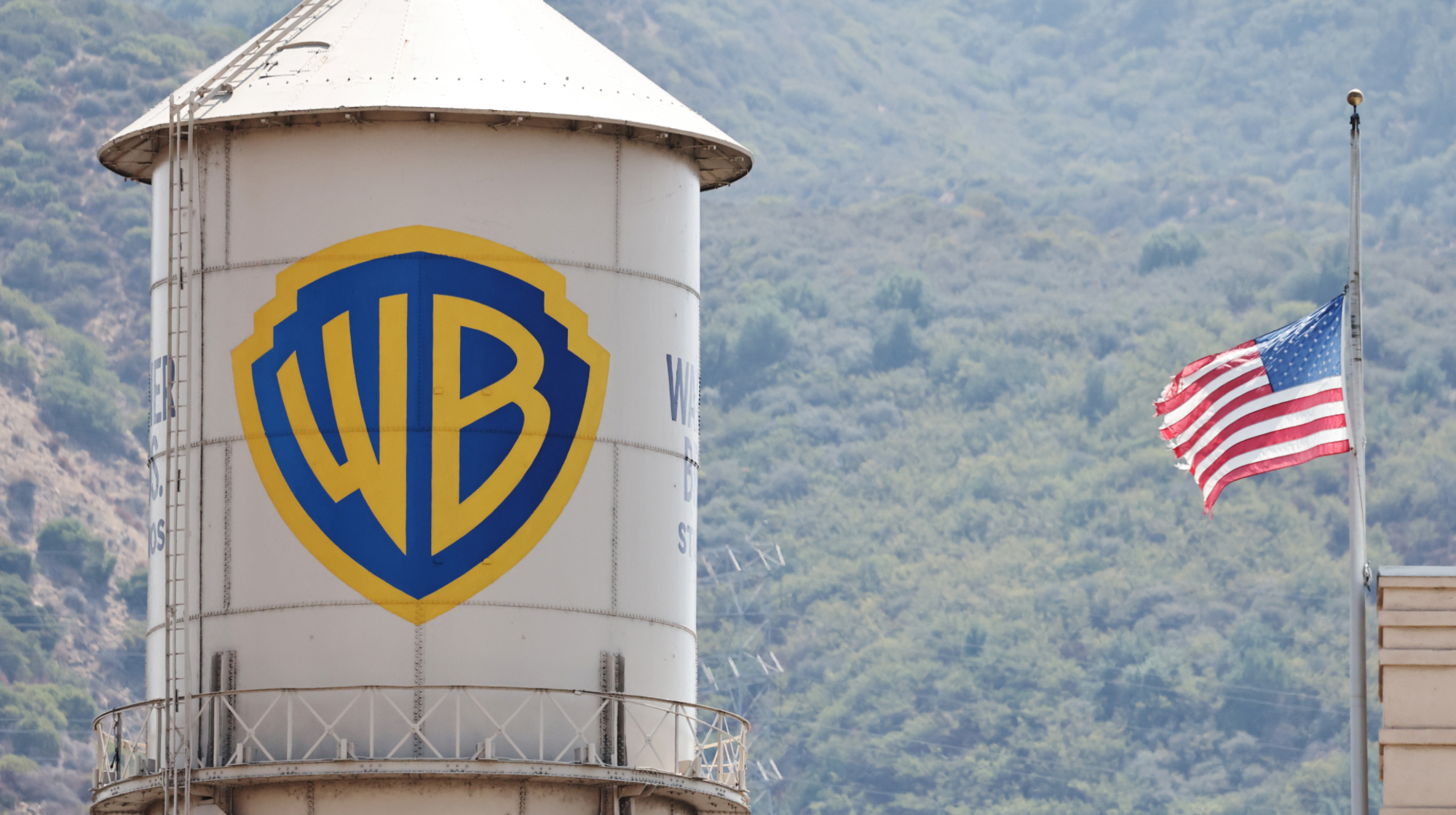 Warner Bros. explores sale amid Paramount bids
Warner Bros. explores sale amid Paramount bidsSpeed Read The media giant, home to HBO and DC Studios, has received interest from multiple buying parties
